8 February 2025
As teachers, we all know that no two students are exactly alike. Each child brings their unique way of interacting with the world, and when it comes to learning, it’s no different. Some students thrive with hands-on activities, while others excel when they can read and absorb information quietly. But have you ever wondered why this is?
Well, it all comes down to learning styles. These styles represent the various ways individuals prefer to receive, process, and retain information. Understanding these can be a game-changer in the classroom.
In this guide, we’re going to dive deep into the different learning styles and explore how you, as a teacher, can leverage this knowledge to create a more inclusive and effective learning environment. Ready? Let’s begin!
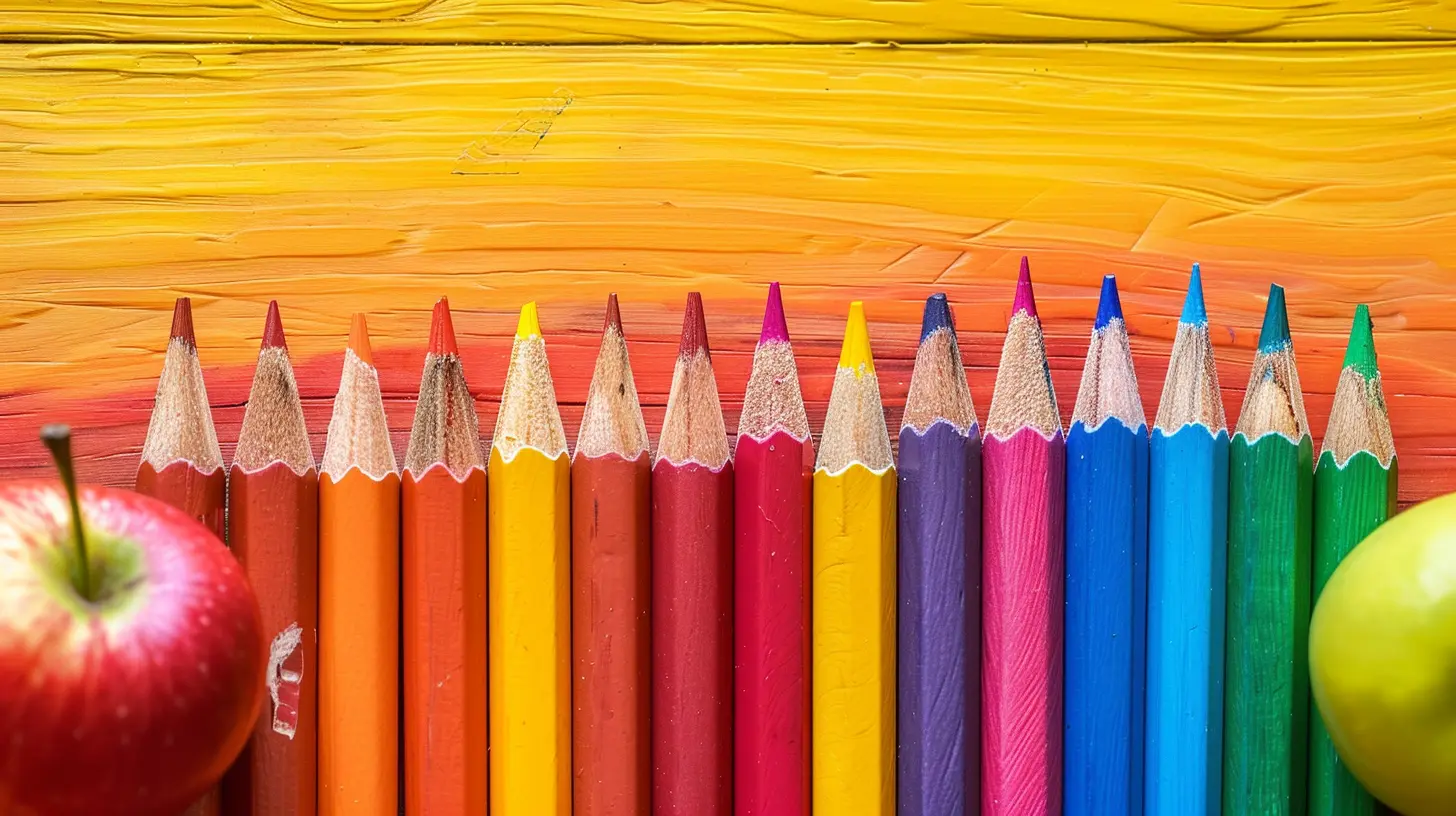
What Are Learning Styles?
Before we get into the specifics, let’s tackle the obvious question: what exactly are learning styles?Learning styles refer to the preferred way an individual learns, processes, and retains information. It’s like each student has their own "learning fingerprint"—a unique approach to understanding the world around them. Some students may learn best by observing and reading, others by listening, and some by doing.
By identifying and understanding these different learning styles, you can tailor your teaching methods to better suit individual students. This not only helps them grasp concepts more efficiently but also makes learning more enjoyable.
Why Should Teachers Care About Learning Styles?
Imagine trying to teach every student in the exact same way. You might be teaching the same content, but you’d miss out on engaging a large portion of your class. Some students may feel frustrated, others bored, and some might just get lost along the way. Understanding learning styles allows you to diversify your teaching strategies and ensure you're reaching all your students—not just a few.Think of it like cooking. You can follow one recipe for everyone, but if you know some people prefer spicy food while others like something mild, wouldn’t you tweak the recipe a little to suit their tastes? The same goes for learning.
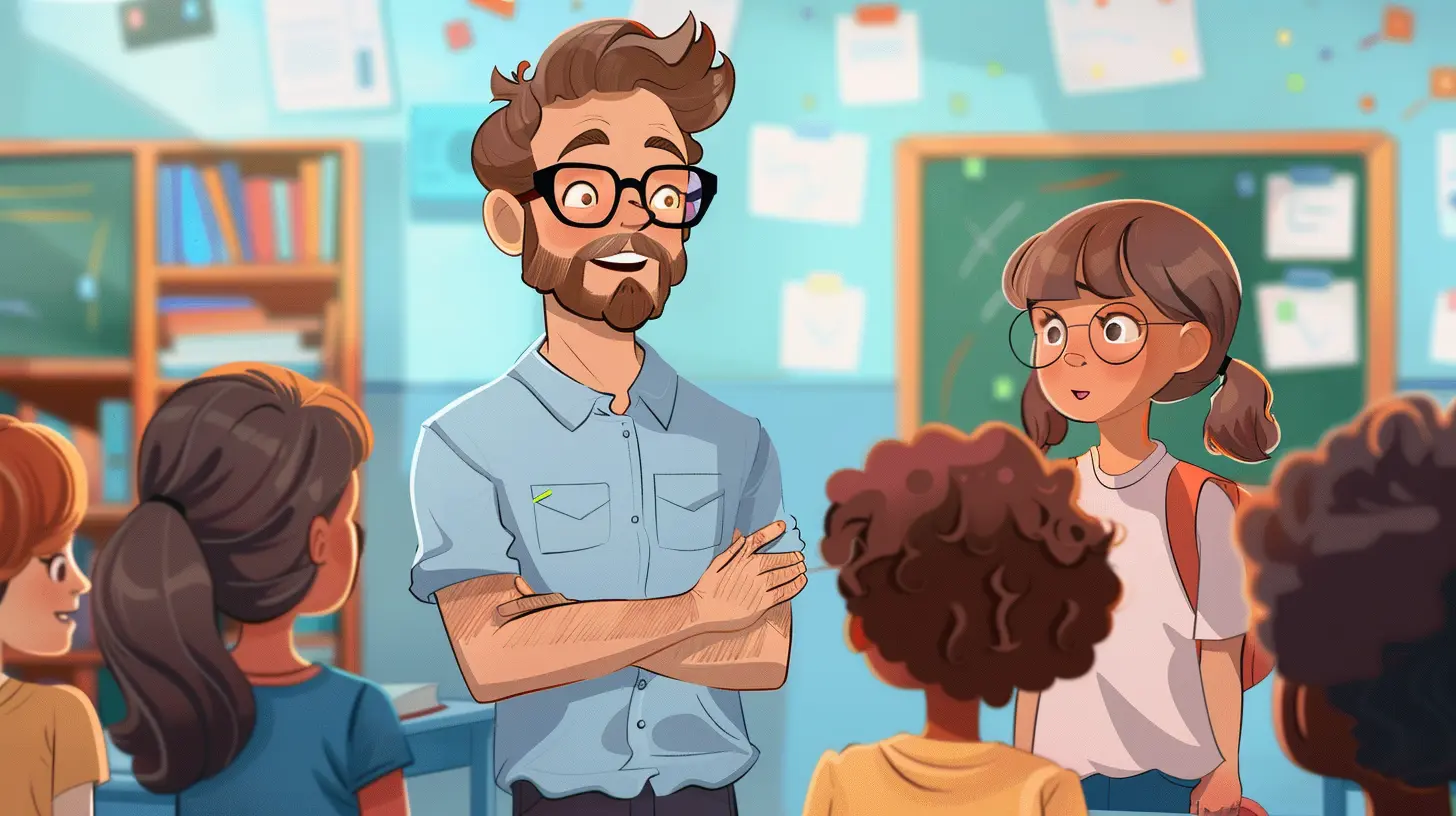
The Different Types of Learning Styles
There are several models of learning styles, but one of the most widely recognized is VARK, which categorizes learners into four primary types: Visual, Auditory, Reading/Writing, and Kinesthetic. Let’s break these down:1. Visual Learners
Visual learners absorb information best when it's presented in a visual format. They love charts, graphs, diagrams, and images. These students tend to "see" the information in their minds, making it easier for them to remember and recall later.Characteristics of Visual Learners:
- Prefer diagrams, charts, and videos- Enjoy doodling or drawing while learning
- Benefit from color-coded notes
- Often visualize concepts in their head
How to Teach Visual Learners:
- Use visual aids such as infographics, slides, and videos- Incorporate drawings or mind maps into your lessons
- Encourage students to take notes using symbols, charts, or colors
- Create flashcards with images to reinforce learning
2. Auditory Learners
Auditory learners learn best through listening. These students thrive in discussions, lectures, and verbal instructions. They’re the ones who might remember every word you said during class but struggle to recall information they read themselves.Characteristics of Auditory Learners:
- Enjoy group discussions and Q&A sessions- Prefer verbal instructions over written ones
- Often "talk through" problems to solve them
- Remember information through rhythms and sounds
How to Teach Auditory Learners:
- Incorporate verbal instructions and explanations during lessons- Use storytelling to explain complex concepts
- Allow students to record lectures or discussions for later review
- Encourage group discussions or debates to reinforce learning
- Utilize mnemonic devices or songs to help with retention
3. Reading/Writing Learners
Reading/Writing learners process information best through written words. These students excel when they can read textbooks, take detailed notes, or write essays. They often enjoy traditional classroom setups where they can focus on reading and writing.Characteristics of Reading/Writing Learners:
- Love reading textbooks, articles, and written instructions- Prefer taking extensive notes during lessons
- Excel at written assignments and reports
- Often perform well in traditional test formats
How to Teach Reading/Writing Learners:
- Provide detailed handouts or written instructions- Encourage extensive note-taking during lessons
- Assign reading materials that reinforce the lesson content
- Use written quizzes and essays to assess understanding
- Allow students to write summaries or reflections on what they've learned
4. Kinesthetic Learners
Kinesthetic learners are hands-on learners. They learn best by doing rather than watching or listening. These students often have a hard time sitting still for long periods and prefer activities where they can move around, experiment, or physically engage with the material.Characteristics of Kinesthetic Learners:
- Learn best through tactile experiences- Enjoy physical activities, experiments, and role-playing
- Often fidget or move around while learning
- Excel in subjects like physical education, art, or hands-on science experiments
How to Teach Kinesthetic Learners:
- Incorporate hands-on activities like experiments, role-play, or building models- Use movement-based learning techniques, like "acting out" a lesson
- Encourage frequent breaks that allow for physical activity
- Create interactive learning stations or projects
- Allow students to use manipulatives or tools to engage with the material
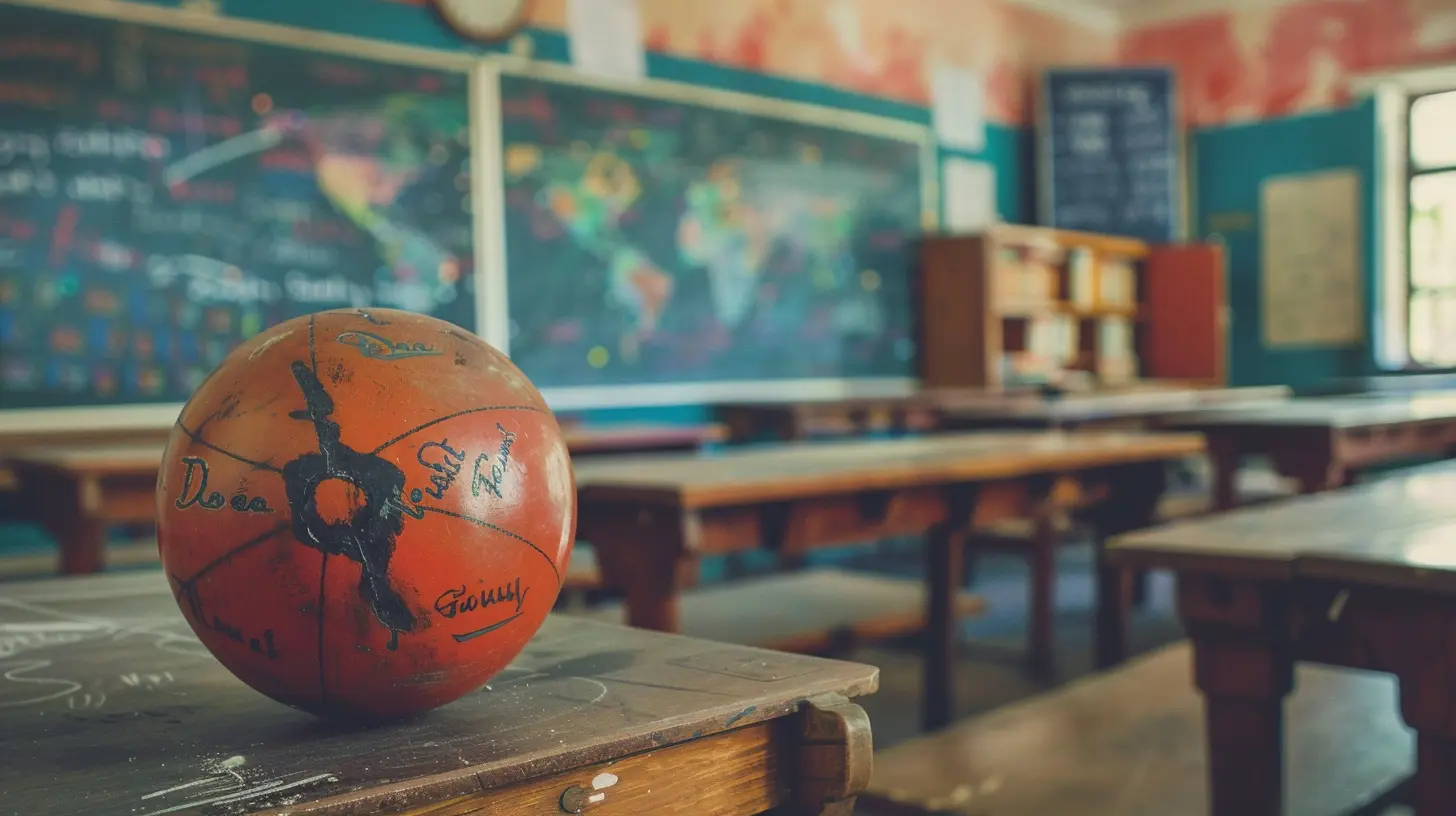
Blended Learning: Combining Different Learning Styles
Here’s the thing: learning styles aren’t always black and white. Most students are a blend of different styles—in fact, many students may identify with more than one learning type. A student might be primarily a visual learner but also benefit from kinesthetic activities. That’s where blended learning comes in.Blended learning is an approach that combines different teaching methods to appeal to a variety of learning styles. When you incorporate multiple strategies into your lessons, you can engage more students and create a dynamic learning environment. For example, imagine teaching a science lesson where you:
- Show a video (visual)
- Discuss the concepts as a group (auditory)
- Provide handouts with written information (reading/writing)
- Conduct an experiment (kinesthetic)
By incorporating all these elements, you’re ensuring that every student, regardless of their preferred learning style, has the opportunity to engage with the content in a meaningful way.
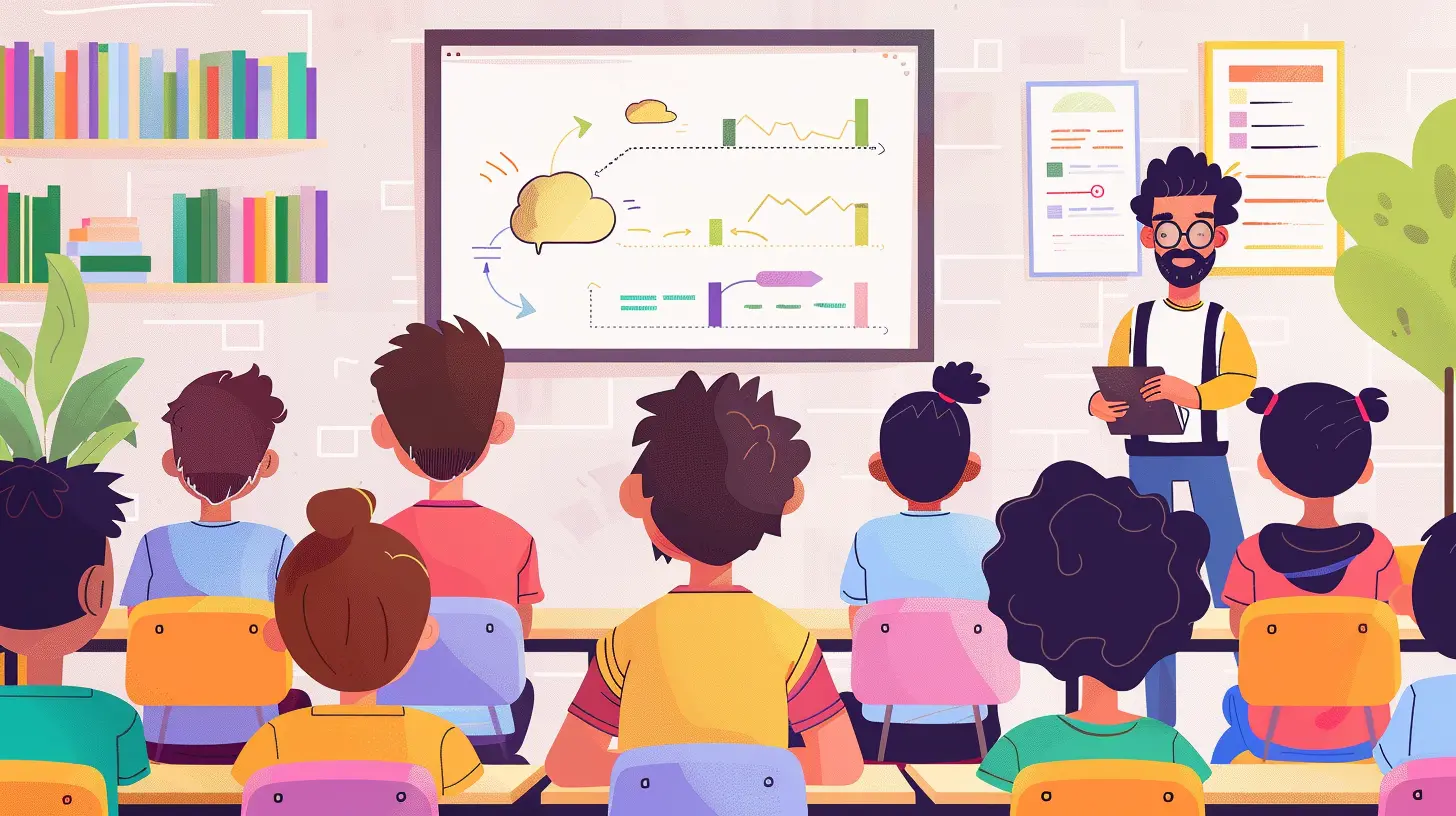
Identifying Your Students’ Learning Styles
Now that you know the different types of learners, how do you figure out which ones your students are? Don’t worry—you don’t need to be a mind reader! Here are a few strategies:1. Observe Their Behavior
Watch how your students engage with the material. Do they doodle while listening to lectures? Do they excel in hands-on projects but struggle with written exams? These clues can help you identify their learning preferences.2. Ask Them
Sometimes the simplest approach is the best. Ask your students how they like to learn. You might be surprised at how insightful their answers are.3. Use Learning Style Quizzes
There are plenty of online quizzes designed to help students identify their learning styles. These can be a fun and interactive way to help students understand themselves better.4. Trial and Error
Try different teaching methods and see how students respond. You’ll quickly notice which strategies resonate with which learners.Adapting Your Teaching Style
Once you’ve identified your students’ learning styles, it’s time to adapt your teaching methods. But don’t panic—you don’t have to reinvent the wheel. Here are some simple ways you can tweak your lessons to accommodate different learners:1. Use a variety of teaching tools: Incorporate videos, audio clips, written materials, and hands-on activities into your lessons.
2. Differentiate your assessments: Offer a mix of assessment formats—essays, oral presentations, and practical projects—to give students the chance to shine in their preferred style.
3. Be flexible: Some students might need extra time to complete a task or may benefit from working in a group. Be open to adapting your approach.
4. Encourage self-awareness: Teach students about learning styles and encourage them to use study methods that align with their strengths.
Conclusion: Embrace the Diversity of Learning Styles
As a teacher, understanding different learning styles is one of the most powerful tools in your toolkit. By recognizing that each student learns in their own unique way, you can create a more engaging, inclusive, and effective classroom environment.Remember, teaching isn’t about forcing everyone into the same mold—it’s about helping each student find the best way to succeed. So, whether your students are visual, auditory, reading/writing, or kinesthetic learners—or a combination of all four—you now have the knowledge to make your classroom a place where everyone can thrive.








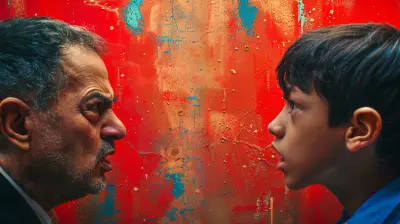



Haven Clayton
Learning styles are like pizza toppings—everyone has a preference, but some combos are just plain weird! Whether you're a visual learner who needs pictures or a kinesthetic learner who just can't sit still, let’s embrace our quirks and make classroom magic (or at least less chaos) happen!
April 1, 2025 at 8:51 PM